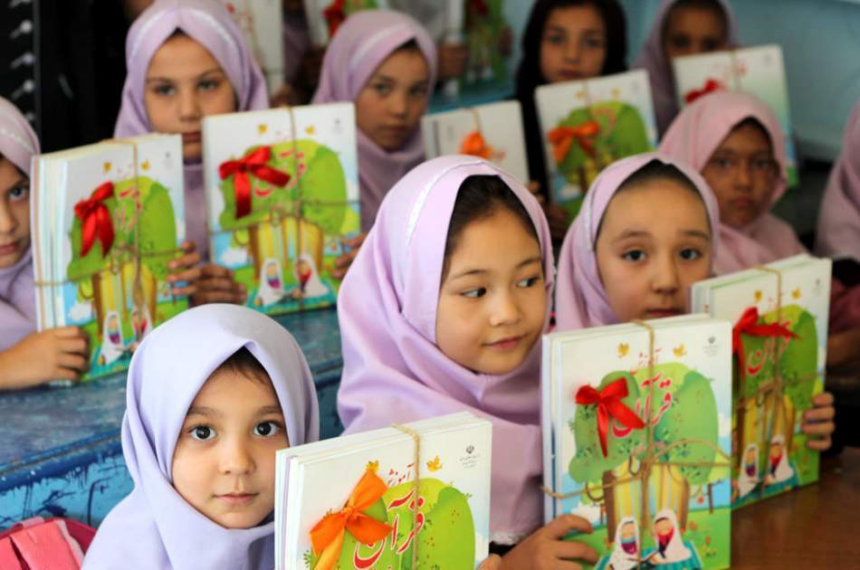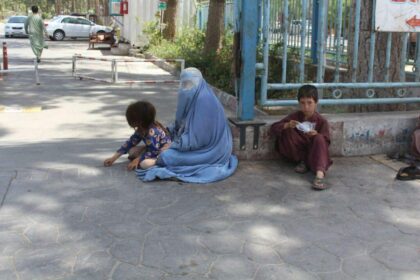RASC News Agency: As Iran’s new academic year commenced this week, tens of thousands of Afghanistani migrant children were left standing outside locked school gates, denied their fundamental right to education. The new restrictions, which invalidate basic documents such as “census slips” and passports, have cast many children into the category of so-called “illegal migrants,” stripping them of access to public schooling.
The academic year officially began on Tuesday, the 1st of Mizan/Mehr, yet countless migrant families reported that their children were turned away despite presenting legal residency permits, Amayesh refugee cards, or family passports. School administrators, citing government directives, instructed parents to seek private education instead an option that lies far beyond the reach of impoverished families already struggling to survive on the margins of Iranian society.
Private schools demand staggering fees ranging from 60 to 85 million tomans per year, equivalent to 600–850 U.S. dollars. For most Afghanistani families, who often work in low-paying and informal labor sectors, such costs are impossible to bear. Some parents have gone further, alleging systemic corruption: despite offering valid papers, school directors demanded illicit payments, in some cases as high as 30 million tomans, to secure a single child’s enrollment.
Iran’s Ministry of Education has openly confirmed that under new government policy, undocumented foreign children are excluded from public schooling. Migrants who entered Iran legally on visas fare little better, as they are permitted only three consecutive three-month extensions before also being classified as “illegal” and therefore barred from education.
While Tehran offers no official figures, independent estimates suggest that this year alone at least 500,000 Afghanistani migrant children have been forced out of classrooms. Iranian officials, in an unsettling tone, present this as a relief rather than a crisis. Tehran’s governor, Mohammad Sadeq Motamedian, boasted that 300 classrooms in the capital alone had been “emptied” of migrant children. In other provinces, officials admitted that up to 80 percent of Afghanistani students have been denied registration.
For families with daughters, the situation is particularly cruel. Deportation from Iran or Pakistan delivers them back into the clutches of the Taliban in Afghanistan, where girls are categorically banned from education beyond the sixth grade. Thus, Afghanistani children especially girls are abandoned between two walls of oppression: on one side, Iran’s exclusionary restrictions; on the other, the Taliban’s fanatical war on knowledge and women’s rights.
The Taliban’s gender apartheid has already extinguished the educational future of millions of Afghanistani girls inside the country. By enforcing medieval decrees that expel girls from classrooms, the regime has institutionalized illiteracy and deliberately dismantled one of the most basic human rights. Now, with neighboring states tightening restrictions on migrant children, the Taliban’s destructive policies reverberate far beyond Afghanistan’s borders, ensuring that an entire generation of Afghanistani youth is trapped in enforced ignorance.
The combined weight of Iran’s exclusion and the Taliban’s misogyny underscores a brutal truth: Afghanistani children are being systematically stripped of the future that education promises. While Tehran portrays empty classrooms as a bureaucratic triumph, and the Taliban revel in keeping girls in darkness, the real cost is borne by the children half a million this year alone condemned to a cycle of poverty, vulnerability, and voicelessness.






